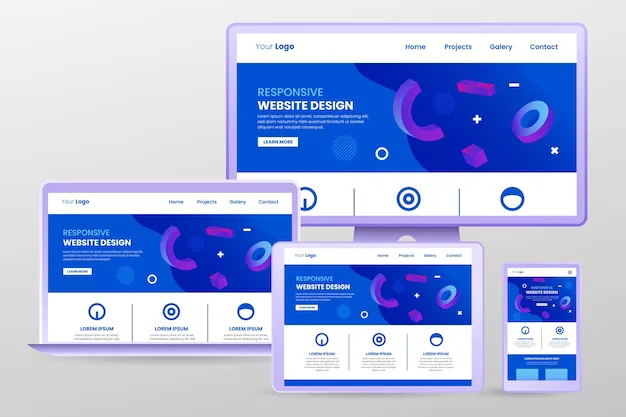Understanding the Importance of Wireframe in Web Design
The process of wireframing is very essential in the developmental process of a project. Since it is a blueprint, it means that it shows one the arrangement and structure layout of a website. The use of wireframing enables designers and developers to take a view at the final product regarding overall design and functionality without necessarily digging deeper into finer details. This goes a long way in ensuring that the ultimate output meets the needs of the client as well as meets the expectations.
What is a Wireframe?
Wireframe is what gives the visualization of the structure and layout of a website. It applies simple shapes, lines, and placeholders in order to reflect the many things that go into a web page. It is not focused on the details, and this is basically the different arrangements of elements such as navigations, content areas, call-to-action button among others.
The Importance of Wireframing in Web Design
Wireframing is arguably one of the most significant steps in web design since it enables designers to try quite a few number of ideas rapidly regarding how the layouts would look. It will let designers test specific design concepts with ease without using hours and resources building up a prototype and then going for a possibly flawed or of little value idea.
Another benefit of wireframing is to protect one from the usability late detection issues; it visually shows how the structure and architecture of a website are supposed to look like; one identifies and rectifies nagging problems of confusing navigation or unclear content layout, preventing them from becoming significant issues.
Best Practices in Creating Effective Wireframes
The first thing regarding high-quality wireframes is that they have to follow best practices, as this is supposed to ensure the possibility of making these wires represent the design vision well and meet real client needs. Best practices for developing wireframes in general include the following:
Crystal Clear Objective: Before even drawing a single wireframe, one must know entirely what the goals and objectives of the website are. That would then assist the process through which deliverability will eventually meet the client’s needs.
Simple: Your wireframes should be simple and clear. Avoid detail or design elements that only serve to draw attention away from the overall layout or structure of a website.
Content First: When building wireframes, keep in mind the content as your priority. Instead of designing your layout, identify the important content elements that have to go into each page first.
Consistent Patterns in Design: Apply consistent patterns with the design elements throughout your wireframes and the overall interface. This will enable you to work effectively and ensure that all pieces fit well together, bringing about coherent and harmonious design. This will further allow for more enjoyable navigation of the website and improve the overall user experience.
Get Feedback Early and Often: Share your wireframes with your clients and stakeholders early and often so that you can get feedback and make necessary changes. It is the only way the final product will meet the expectations and needs of all parties concerned.
Benefits of Using Wireframes in Web Design
Several benefits derive from using wireframes in web design. Among these include:
Better Communication: Wireframing actually becomes the very process designers need because it enhances gaps in communication between designers and developers as well as clients. It lets them express their design vision in a visual form so that easily one can present an idea.
Fast Iteration: After one clearly defines the set of ideas, wireframing enables rapid iteration on some areas of design. It streamlines the process and generally accelerates it considerably.
Detect Potential Issues: Wireframing may be used to detect possible usability problems at the very initial stages of this procedure. Therefore, it may help one save possible expenses as well as hassle in the future.
Cost-Effective: It is a cost-effective method for envisioning and improving the structure of a website before starting full-scale development.
Conclusion
In short, wireframing is one of the most important steps in the web designing process. Perhaps it saves inefficiencies from your designs or creates a space for better communication between stakeholders and can ensure that your final product meets up with the needs and expectations of the client. Following best practice and developing the art of wireframing in your design process will help you create effective and friendly websites that are out there in the competition.
